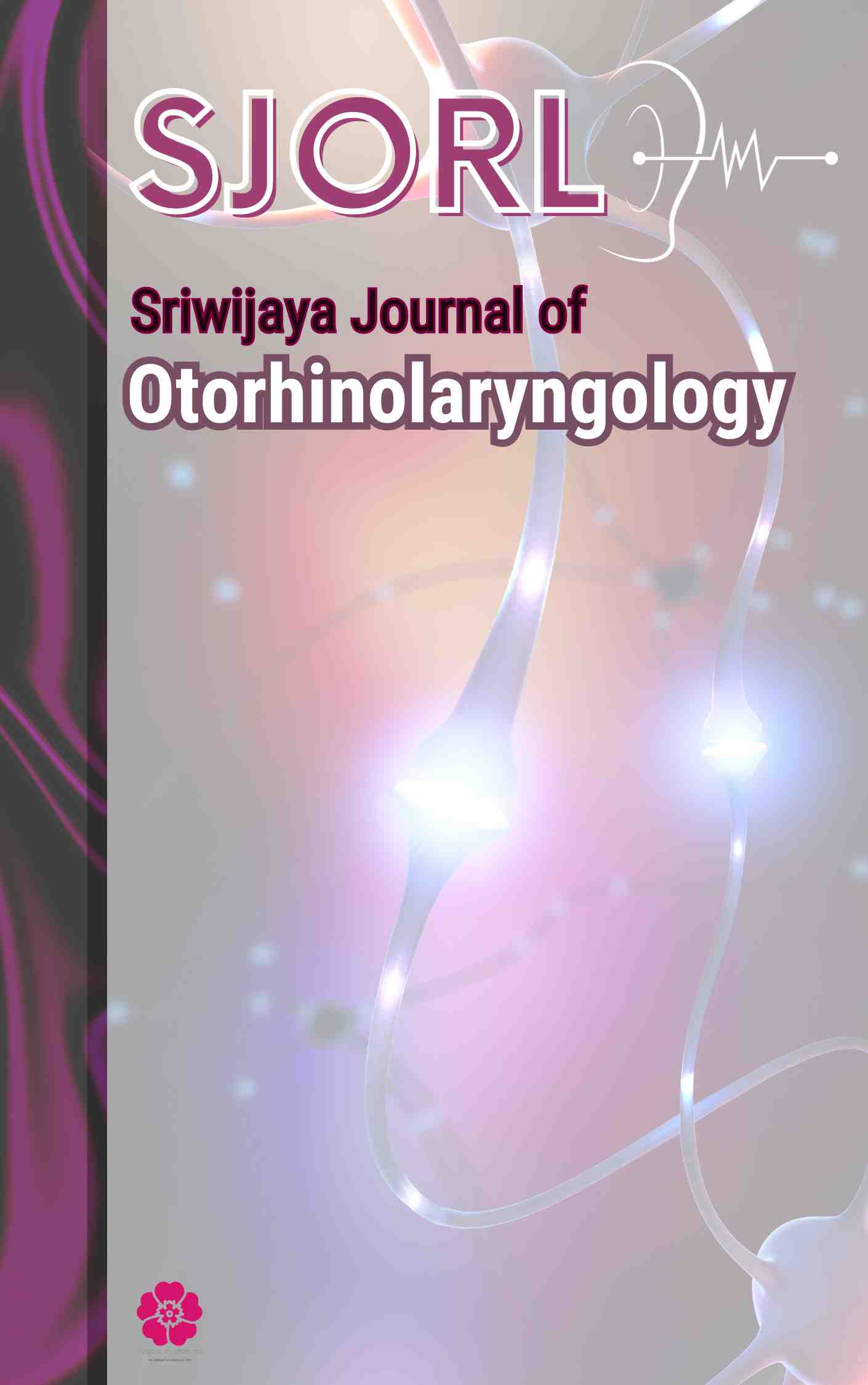Main Article Content
Abstract
Introduction: Benign paroxysmal positional vertigo (BPPV) is a prevalent vestibular disorder causing recurrent episodes of vertigo. Vestibular rehabilitation (VR) is a recognized treatment for BPPV, but its effectiveness in the Brazilian population remains to be fully elucidated. This randomized controlled trial aimed to investigate the impact of VR on BPPV outcomes in Brazil.
Methods: 120 participants diagnosed with BPPV were randomly assigned to either a VR group (n=60) or a standard medical care (SMC) group (n=60). The VR group received a personalized program comprising canalith repositioning maneuvers (CRM) and vestibular exercises, while the SMC group received medication and lifestyle advice. The primary outcome was the Dizziness Handicap Inventory (DHI) score at 4 weeks. Secondary outcomes included vertigo frequency and intensity (assessed via a Vertigo Diary) and balance function (measured using the Timed Up and Go (TUG) test). Assessments were conducted at baseline, 2 weeks, and 4 weeks.
Results: Both groups showed improvement in DHI scores over time. However, the VR group demonstrated significantly greater improvement in DHI scores at 4 weeks compared to the SMC group (p<0.05). Vertigo frequency and intensity also decreased significantly in both groups, with the VR group exhibiting a more pronounced reduction (p<0.05). Similarly, TUG test performance improved in both groups, but the VR group showed significantly better improvement at 4 weeks (p<0.05).
Conclusion: This study provides evidence supporting the effectiveness of VR in treating BPPV in the Brazilian population. VR, incorporating CRM and vestibular exercises, resulted in significant improvements in dizziness-related handicap, vertigo symptoms, and balance function compared to SMC alone. These findings underscore the importance of integrating VR into BPPV management in Brazil.
Keywords
Article Details
Sriwijaya Journal of Otorhinolaryngology (SJORL) allow the author(s) to hold the copyright without restrictions and allow the author(s) to retain publishing rights without restrictions, also the owner of the commercial rights to the article is the author.

